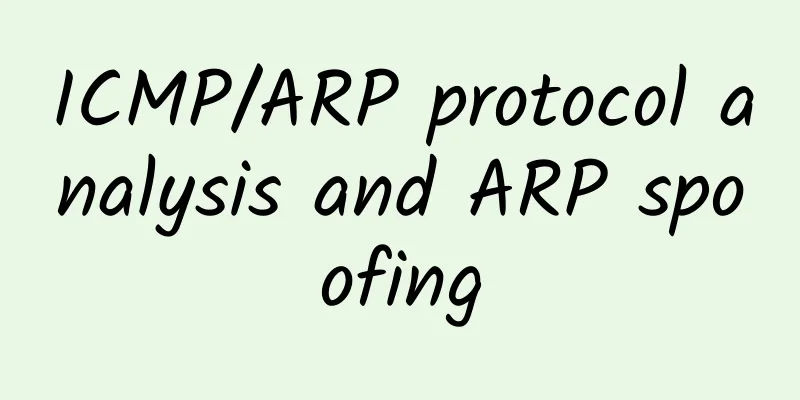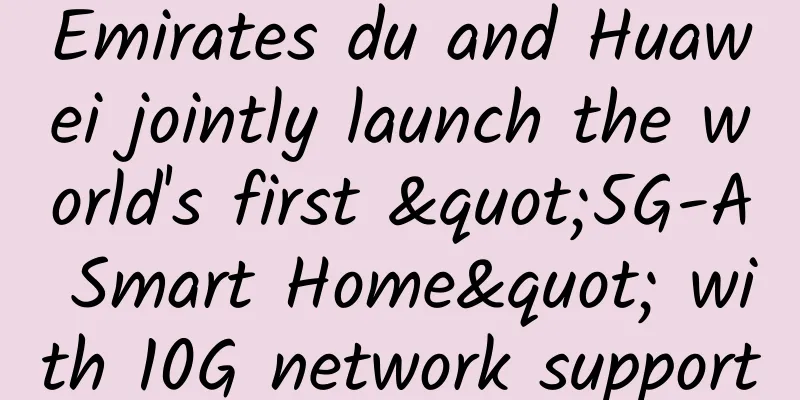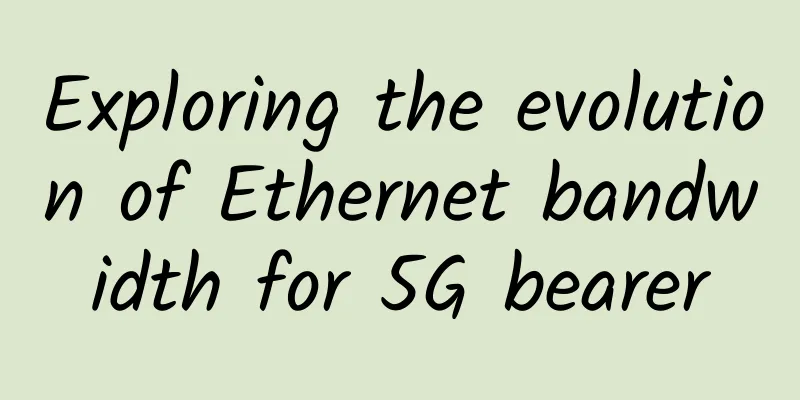ICMP/ARP protocol analysis and ARP spoofing

|
ICMP ICMP (Internet Control Message Protocol) is an Internet control message protocol. It is a sub-protocol of the TCP/IP protocol suite, used to transmit control messages between IP hosts and routers. Control messages refer to network messages such as whether the network is connected, whether the host is reachable, and whether the route is available. Although these control messages do not transmit user data, they play an important role in the transmission of user data. The functions of ICMP protocol are as follows:
ICMP messages are divided into two categories: one is ICMP query message; the other is ICMP error report message Common ICMP types The situation where ICMP error messages are not sent:
The ICMP protocol is often used in the ping and tracert commands:
For example: ICMP Destination Unreachable Look at the echo request and echo response messages icmp request icmp reply ARP Protocol Address Resolution Protocol (ARP) queries the MAC address of the target device by using the IP address of the target device. Communication process:
ARP parsing ARP Table Proxy ARP Proxy ARP generally uses a gateway device to respond to another device's ARP request using its own MAC address. Why do we need proxy ARP? First, you need to understand that one of the important functions of a router is to isolate broadcast domains and prevent the spread of broadcast packets, otherwise it will cause a network storm. The ARP request is a broadcast packet. If the target address is in the same LAN, a response will be received. But what if the target address is not in the same LAN? The router provides proxy ARP to solve this problem. Proxy ARP There are two hosts, PC1 and PC2. When PC1 sends an ARP request for PC2's MAC address, the ARP request can only reach the router because the router does not forward broadcast packets. If the router has the proxy ARP function enabled and knows that PC2 belongs to the network it is connected to, the router will use its own interface's MAC address instead of PC2's MAC address to make an ARP reply to the host PC1. RARP Protocol The Reverse Address Resolution Protocol allows a physical machine on a LAN to request its IP address from the ARP table or cache of a gateway server, i.e. to find an IP address based on its MAC address. RARP Free ARP When obtaining or changing an IP address, an ARP is sent out, but the target IP of the request is local. A host can use it to determine whether another host has the same IP address. Normally, sending a free ARP request will not receive an ARP reply. If an ARP reply is received, it means that there is a host with the same IP address as the local host in the network, and an address conflict has occurred. ARP spoofing A forged gateway MAC address and IP address correspondence table is broadcasted to other hosts in the LAN through broadcasting. After receiving this forged information, other hosts in the LAN will update their ARP tables. In this way, when these hosts send packets outward, although they will send packets according to the correct gateway IP address, they are actually sent to a wrong MAC address, resulting in the inability to send packets out, resulting in the inability to access the Internet, etc. You can set a static MAC->IP mapping table to stop receiving broadcast ARP information. |
<<: Do you know the ins and outs of threads?
>>: The Secret of Online Physical Examination Technology (Part 1)
Recommend
The country's first Wi-Fi 6 subway is built! Tired of hearing about 5G? Let's learn about the 6th generation of WiFi!
Recently, Shenzhen Metro Futian Hub became the fi...
3G, 4G, 5G, why do we need so many "Gs"?
This can happen with our phones receiving signals...
The architecture needs to be upgraded urgently as operators lay out their future networks
The future is a world of interconnected everythin...
Pesyun: 188 yuan/month-8 cores/32GB memory/500G SSD/30M/Los Angeles & Portland data centers
Pesyun (Standard Interconnect) has launched the 2...
Japanese media disclosed: The United States will set up a 5G multilateral fund to contain China
According to a report by Japan's Yomiuri Shim...
Millimeter wave and Sub-6GHz complement each other and empower various industries
At present, promoting the development of 5G milli...
Why did Facebook insist on changing its name when it was clearly taboo? Two reasons for the change
Facebook changed its name to Meta, causing its st...
Ministry of Industry and Information Technology: 5G package users have exceeded 350 million, China Mobile ranks first with more than 180 million users
At present, the number of users of 5G packages ha...
How does the TCP connection state change?
TCP is a connection-oriented reliable transmissio...
"Number portability" is the only effective solution to China Unicom's development difficulties
The discussion on China Unicom's predicament ...
Wi-Fi 6 Development Status and Future Application Trends
Connections are given more profound value in the ...
5G is here, and so is mainstream adoption for industrial IoT startups
Making machines communicate with humans is the be...
OlinkCloud: 10% off on all VPS on AS9929 line in Germany/San Jose, USA, starting from $4.5/month, 40% off on dedicated servers
OlinkCloud has released a new discount plan for V...
CUBECLOUD new Hong Kong international line monthly payment starts from 39 yuan
CUBECLOUD (Magic Cube Cloud) recently launched a ...
V5.NET: 30% off for first order from new customers, Hong Kong dedicated server as low as HK$385 per month
V5.NET mainly provides independent server rental ...









